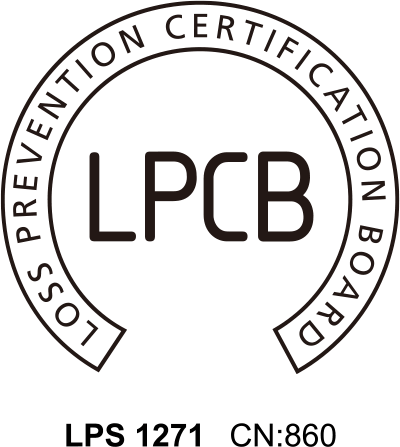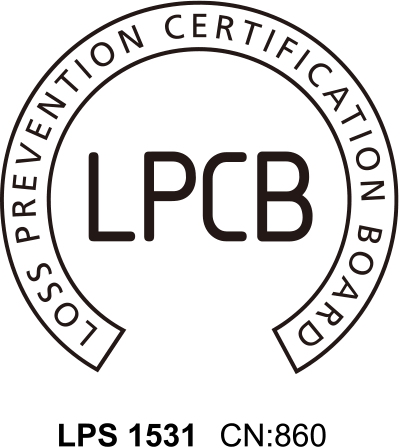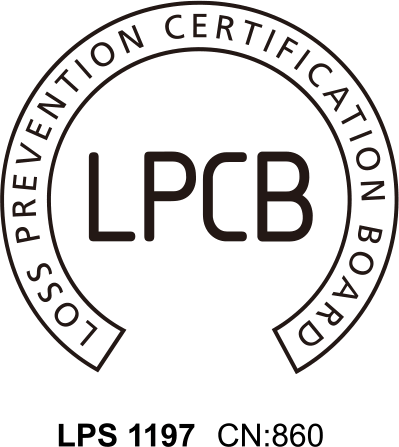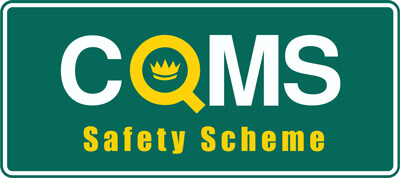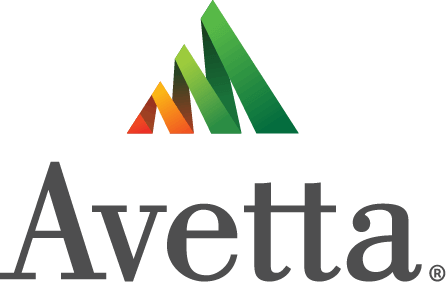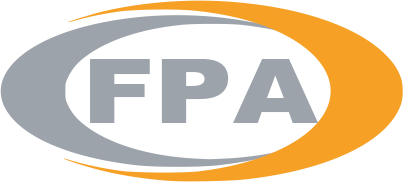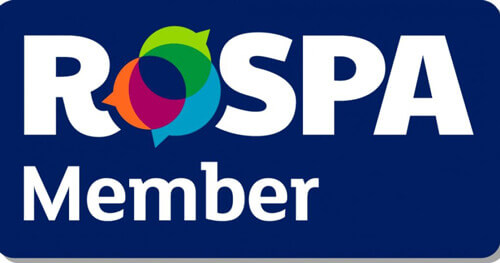Fires in schools are common – there are around 20 fires a week reported, of which one third are in school hours. Fortunately there haven’t been any recent fatalities but 85% of the property losses in schools are due to the effects of fire.
The economic consequences are devastating and massive disruption results; to the pupils’ education, to other schools which have to cope with accommodating extra classes, to the lives of parents and to the children themselves. It’s essential to recognise and minimise the risks involved.
Each school must appoint a responsible person to take charge of fire safety, and a suitable and sufficient risk assessment must be produced. Risk assessments are part of school life now. Before any activity staff must produce one – travel, games, swimming, out-of-hours activities – they all need careful consideration in relation to the safety of the pupils. Risk assessment forms for everyday activities can be quickly downloaded and completed and if the risk is considered high the activity must not go ahead.

However, a fire risk assessment is a different matter – although school administrators and teachers are used to identifying risks and applying common sense to reduce them, producing a fire risk assessment for such a complex environment needs more specialised knowledge. Downloaded forms are unlikely to be adequate for the job.
Compartmentation is the key
It’s tempting to look at fire precautions in schools – the sprinklers where fitted, the alarms, the fire exits and signs, the extinguishers, and think “that’s it, we’re covered”. But although all those things are important, if the fabric of the building isn’t fire-safe there might not be the opportunity to use them. Built-in fire protection forms the basis of fire safety; if it is in place then active measures have time and opportunity to work.
Compartmentation is the key. Using fire separating elements such as fire doors, seals, fire-resistant glass, partitions and ducting inhibits the spread of fire, confining damage to as small an area as possible while preserving exit routes and allowing safe access for firefighters. But it is not realistic to expect school staff to be aware of compartmentation and all the factors involved in preserving it – outside the fire safety industry, the concept is almost unknown.
Even if the responsible person is aware of built-in fire protection the temptation is to think of it as unchanging but school buildings are often changed, added to, re-configured. Every time there is an alteration or addition which changes or penetrates a fire-safe compartment element that element may be compromised. All new pipes, wires, ducts, doors and light fittings can provide a way for smoke, heat and flames to spread through a school, to break out in seemingly unrelated areas.
Unfortunately the construction of many schools between the 1950s and the 1980s, using the Consortium of Local Authorities Special Programme (CLASP) didn’t help – the buildings were mostly steel framed to allow easy re-configuration (except where they contain asbestos, but that’s a different can of worms). This ease of alteration means the original compartmentation may be lost. The quality wasn’t brilliant in the first place and by the time these buildings have decayed and been patched up the built-in fire protection is seriously compromised. Re-fitting computer rooms, updating the heating, changing the lights; they all provide opportunities to penetrate the fire safety element.
Risk assessments must be completed by a qualified professional
A ‘suitable and sufficient’ risk assessment for fire safety must be conducted by a competent person, which in the case of a school is unlikely to be a member of staff. It should be done by someone who can assess the passive protection as well as the active measures. But even if the school employs a professional risk assessor it is essential to check their credentials.

A suitably qualified fire safety professional will understand there is much more to it than smoke alarms and fire drills. It is essential that escape routes are protected with built-in safety measures. If a fire starts when the school is open, evacuation should be safe and smoke free. Fire doors must be correctly installed and used – it’s tempting to prop them open for convenience, especially in a busy environment such as a school, but an open fire door is just a hole in the wall. And again, any alteration must be checked – even fitting different handles to doors can affect their performance in a fire, so it is necessary to verify that any work has been done to the correct standard. Any change to the configuration or elements in a fire safety compartment must be noted and recorded in the risk assessment. For example, a classic pitfall which might not be picked up by an unskilled Risk
Assessor is the space above a suspended ceiling. If fire penetrates this area it can spread unchecked, unless fire barriers have been erected to coincide with the fire separating elements on the operational floors. It isn’t an obvious hazard but a certified Risk Assessor will know to check it.
More than just box ticking
Although the first aim of any fire protection is to preserve lives it is also important to protect property. Unfortunately arson is a major cause of school fires, usually happening when the buildings are empty. Basic good housekeeping can help minimise the risk – not having combustible materials within easy reach outside – but a determined arsonist will find a way. Good compartmentation will help restrict damage to the immediate area and prevent the spread of smoke and flames. Schools with sound built-in fire protection are more likely to re-open quickly after a fire, with less disruption as there will be unaffected areas. But recognising built-in fire protection requires more awareness than can be gained from filling in a simple form and ticking a few boxes. Common sense is a valuable commodity but it isn’t enough for a fire risk assessment. Schools and their occupants are too vulnerable and valuable to trust to anything other than the best available protection. A good, up-to-date and thorough risk assessment plays a major part in ensuring it.
Checkmatefire is your ideal choice
We think you'll also like:

Independent Fire Risk Assessments (FRA's)
Education

Workplace Fires: The Importance of Staying Aware
Checkmate helps businesses and public sector organisations safeguard their customers and staff through the implementation of life-saving firestopping solutions.

Another Unnecessary Fire
Picture this; fire breaks out resulting in fire spreading throughout the building… Another unnecessary fire.
